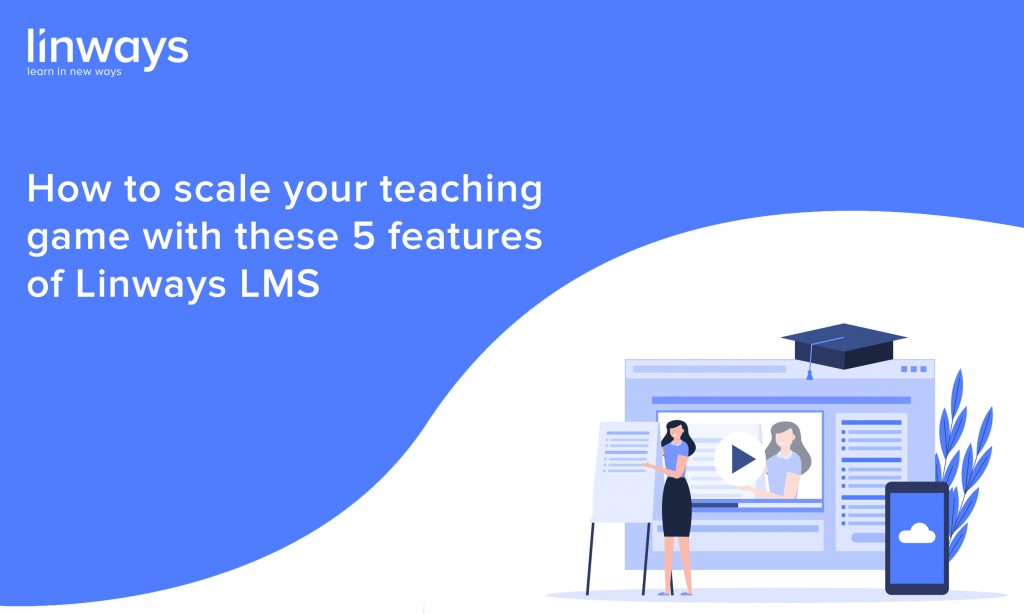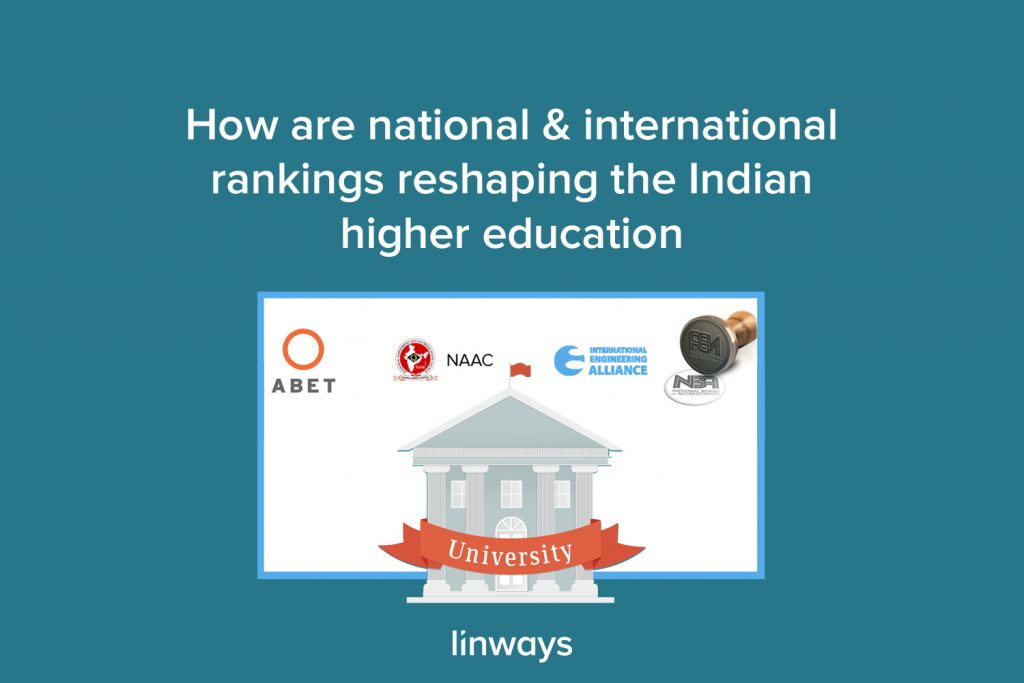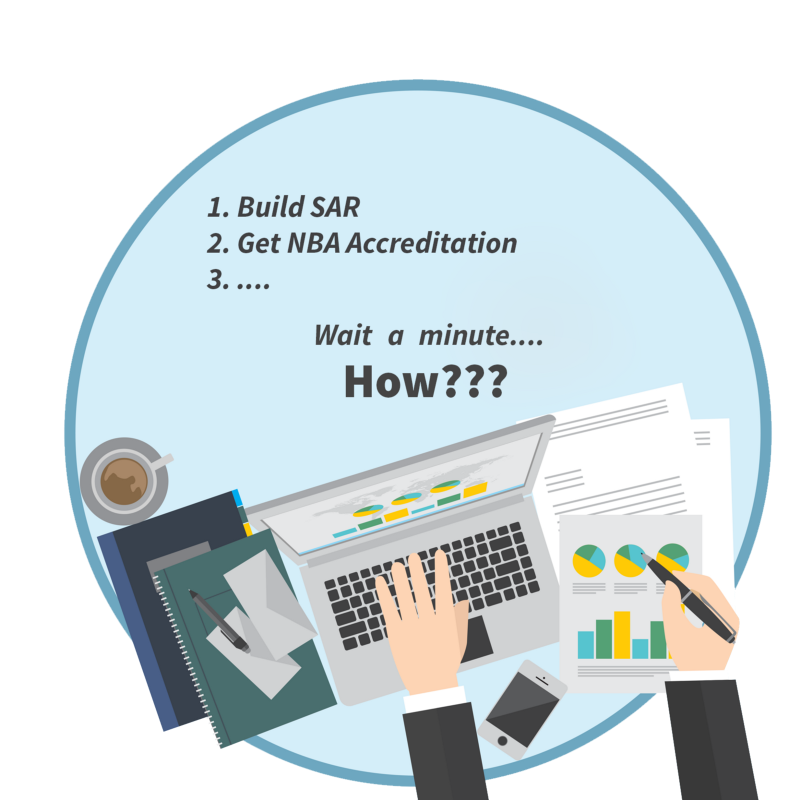
In education, a huge trend towards student-centric, or learner-centered education is gaining momentum. It’s backed up by very meticulous research data and is found effective to improve results.
Simply put, students, when given individual care and support tend to perform better, as compared to a collective teaching style. But this brings out other problems for the teacher and the institution.
How are we supposed to provide student-centered learning for a huge number of students at the same time?
Enter scaling up.
To scale up means to expand. But when in practice, it is very easy to confuse scaling up with generalizing. Scaling up teaching is not the same as providing the individualized care to all students, (which is simply not possible) or to give the same amount of care and time to all students. It’s about expanding the care that you give to individual students and building a strategy that can accommodate the number, diversity, and learning styles of all your students at the same time.
It might seem a bit difficult to wrap your head around, so let us break it down.
- If you were to continue with the same old lecture style as usual without giving any extra attention to any students, that’s the conventional style.
- If you were to study the learning patterns of a student, and figure out what sort of teaching style can help him or her to achieve the best results, that is a learner-centered approach.
- But if you were to focus on your students’ learning styles, and adopt a teaching strategy that helps you to bring out the best in every student in your class, that’s scaling up.
It’s taking some idea or practice that works well, and creating a bigger model out of it to suit the larger number of students.
Now to the topic at hand.
How to scale your teaching using these incredible features of Linways LMS.
Linways is a complete learning management solution that helps you to run your entire institution online. All academic-related topics can be easily managed using the Linways platform while improving the efficiency of teachers and reducing their workload.
In the modern learning environment, the digital plays a very important role. Teachers as well as students look up topics on their phones, refers to external sources from the internet, uses cloud drives, and online tools to share files and communicate.
So there’s no way ignoring the growing influence of technology in education.
What Linways does is blending technology with the institution’s workflows so teachers and management can easily adapt a campus management platform to simplify their work and improve the quality of teaching-learning at the same time.
Here are the 5 features of Linways LMS to help you scale your teaching.
- Subject planner
As you’d probably know, planning the curriculum is the first step of the process. Our subject/lesson planner helps teachers to create a well-defined curriculum before the classes begin. The proposed plan is available on the platform, which can be used to strategize and adapt to the unique student trends and academic/industry requirements. This helps teachers to adopt a teaching strategy that is both scalable and versatile. A full-fledged subject planner function helps to respond to different student needs and on-the-go improvisations. - Flipped learning, live classes, and discussion forums
Instead of relying on a single teaching style, lecturing for long hours and merely delivering the information, deliver the course content online and use the class to dive deeper into the curriculum. This helps your students to explore the topic at various levels using experiments, projects, and peer-to-peer interactions. - Assessments
Assessment is one of the most important elements in scaling up. Try to keep your assessments outcome-oriented and collect as much data as possible on student performance. Linways AMS lets you take control of your student’s assessment using multiple formats such as online quizzes, discussion forums, assignments, etc. Students can submit their assignments online, and the teacher can view them, assess them, download them, and evaluate them from the platform itself. Online exams can be conducted and the results can be published in the platform too. - OBE and mapping learning objectives
We have written a complete guide on “How to implement Outcome Based Education (OBE) using Linways AMS”. but for the sake of the situation, here’s how OBE in Linways works. First, the teacher or the department define the learning outcomes. Then as the curriculum is being planned using the subject planner, you can map these outcomes to the curriculum, and later onto the assessments. Questions papers can be designed using Linways while linking specific outcomes to certain topics, and thus Linways gives you a complete data on outcomes and their attainment throughout the learning process. - Digital library and course material distribution
You can deliver the course content using Linways LMS’ document repository and digital library and join with the students through live calls or discussion forums to engage them in the topic. This is a self-driven approach where the student learns about the topic themselves.
Scaling up teaching-learning will have a crucial impact on education in the future. Adapting to such strategies will essentially redefine the role of teachers and institutions like colleges or universities in society, which makes this topic all the more important. We will discuss more strategies and a definitive framework to scale your institution’s workflow in our upcoming blogs.
Also published on Medium.




